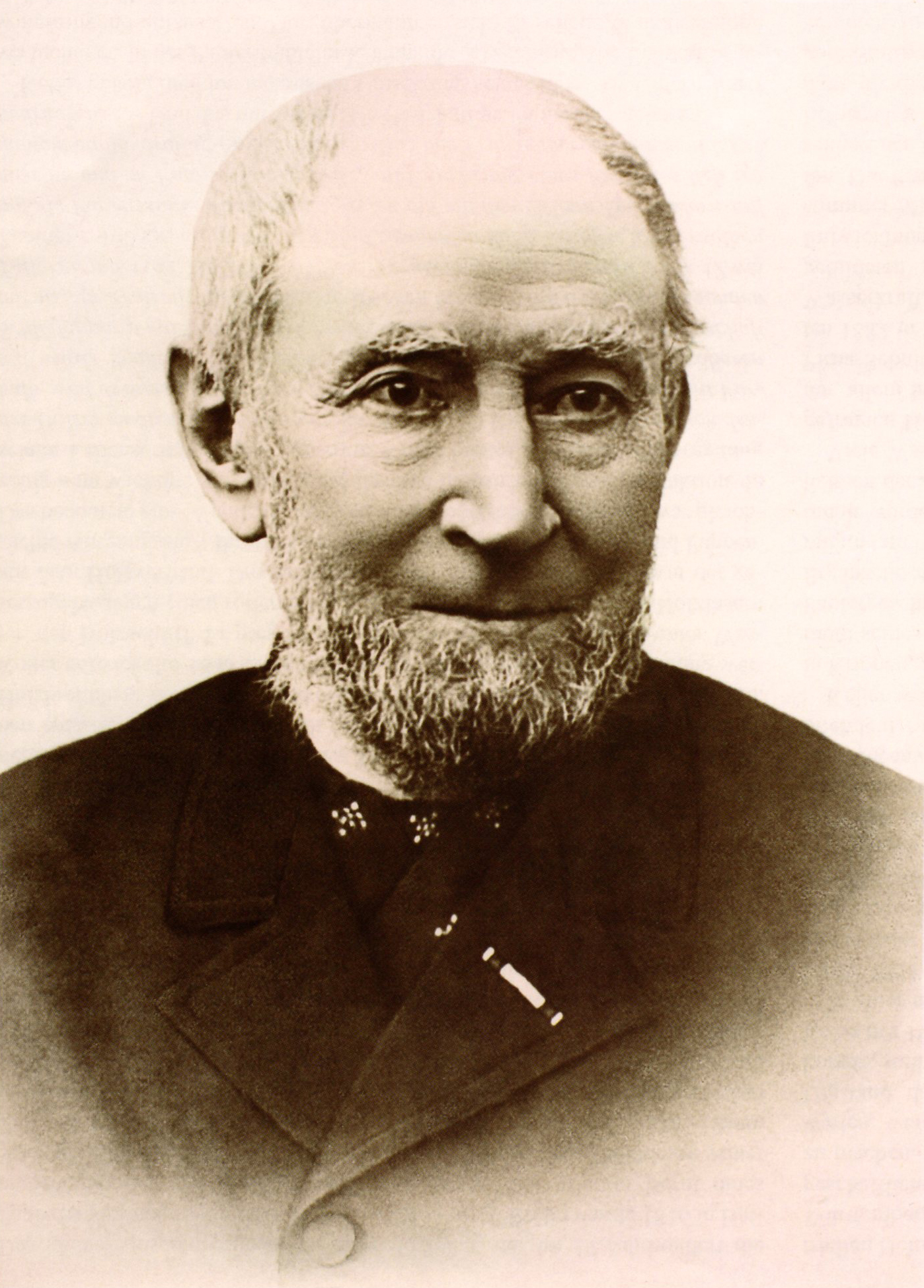Hainichen, Saxony on:
[Wikipedia]
[Google]
[Amazon]
Hainichen is a market town in


 *Hainichen is the birthplace of
*Hainichen is the birthplace of
Stadt Hainichen/Sachsen
Historical Views of Hainichen/Sachsen www.hainichen-damals.de
{{Authority control Mittelsachsen
Saxony
Saxony (german: Sachsen ; Upper Saxon: ''Saggsn''; hsb, Sakska), officially the Free State of Saxony (german: Freistaat Sachsen, links=no ; Upper Saxon: ''Freischdaad Saggsn''; hsb, Swobodny stat Sakska, links=no), is a landlocked state of ...
, Germany. It is located on the river Kleine Striegis and about north-east of Chemnitz. Hainichen has been shaped by its industrial past.
History
From the foundation until industrial revolution
A first settlement had been mentioned in as ''villa forensis Heynichen''. Hainichen used to be a place of considerable industry. Its primary manufacture was once that offlannel
Flannel is a soft woven fabric, of various fineness. Flannel was originally made from carded wool or worsted yarn, but is now often made from either wool, cotton, or synthetic fiber. Flannel is commonly used to make tartan clothing, blankets, ...
s, baize
Baize is a coarse woollen (or in cheaper variants cotton) cloth, similar in texture to felt, but more durable.
History
A mid-17th-century English ditty—much quoted in histories of ale and beer brewing in England—refers to 1525:
Hops, her ...
, and similar fabrics; at the time it may have been called the centre of this industry in Germany.
On April 23, 1800, a F5/ TORRO10 tornado
A tornado is a violently rotating column of air that is in contact with both the surface of the Earth and a cumulonimbus cloud or, in rare cases, the base of a cumulus cloud. It is often referred to as a twister, whirlwind or cyclone, altho ...
devastated Arnsdorf, Dittersdorf and Etzdorf, near Hainichen. Despite its strength, there were no deaths.
The Gellert institution for the poor was established in 1815.
In 1933, a production plant for small delivery vans and minibuses called Framo moved from nearby Frankenberg to Hainichen. Since then, the automotive industry has been the most important employer.
Nazi era
An early concentration camp, Hainichen concentration camp, was established in April 1933 and dissolute in June 1933. During World War II, a subcamp ofFlossenbürg concentration camp
Flossenbürg was a Nazi concentration camp built in May 1938 by the SS Main Economic and Administrative Office. Unlike other concentration camps, it was located in a remote area, in the Fichtel Mountains of Bavaria, adjacent to the town of Flo ...
was located here, housing female prisoners working for the Framo
enterprise.
GDR
The former plant of the Framo company was nationalized. The 1960s saw a reingeneering of delivery vans and minibuses under the Barkas B1000 brand. Hainichen became a major producer of parts for these cars.After reunification
Production of the B1000 delivery vans and minibuses ceased in 1991.Population statisticsSource from 1998 onwards: Statistical office of Saxony Numbers from 1960 onwards per 31 December.
Typical for a market town in the east of Germany, Hainichen faces the demographic problem of a steadily declining population.
Leisure and tourism
Sites and buildings of interest
Hainichen is home of acamera obscura
A camera obscura (; ) is a darkened room with a small hole or lens at one side through which an image is projected onto a wall or table opposite the hole.
''Camera obscura'' can also refer to analogous constructions such as a box or tent in w ...
.
Other important sights are the Gellert museum (literature museum), Tuchmacherhaus (clothier museum) and a communal park.
Hainichen is surrounded by the beautiful valleys of the river Striegis.
Sports
Hainichen has a communal sports centre with a small indoor pool, a communal outdoor swimming pool and a bowling centre. Also, there is a cycling track nearby.Industry
Hainichen is characterised by small and medium-sized businesses. The largest employer is the car parts maker Metalsa Automotive Hainichen GmbH (formerly ISE Industries Hainichen GmbH) (429 employees in 2005).Districts
Areas of the city include * Bockendorf, * Cunnersdorf, * Eulendorf, * Gersdorf, * Falkenau, * Riechberg, *Siegfried
Siegfried is a German-language male given name, composed from the Germanic elements ''sig'' "victory" and ''frithu'' "protection, peace".
The German name has the Old Norse cognate ''Sigfriðr, Sigfrøðr'', which gives rise to Swedish ''Sigfrid' ...
,
* Schlegel and
* Berthelsdorf.
International relations
Hainichen is twinned with: *Dorsten
Dorsten (; Westphalian: ''Dössen'') is a town in the district of Recklinghausen in North Rhine-Westphalia, Germany and has a population of about 75,000.
Dorsten is situated on the western rim of Westphalia bordering the Rhineland. Its histor ...
, Germany
Famous citizens

 *Hainichen is the birthplace of
*Hainichen is the birthplace of Christian Fürchtegott Gellert
Christian Fürchtegott Gellert (4 July 171513 December 1769) was a German poet, one of the forerunners of the golden age of German literature that was ushered in by Lessing.
Biography
Gellert was born at Hainichen in Saxony, at the foot of th ...
, (1715-1769), to whose memory a bronze statue was erected in the marketplace in 1865. He was an important poet of the Enlightenment.
*Friedrich Gottlob Keller
Friedrich Gottlob Keller (born 27 June 1816 in Hainichen, Saxony; died 8 September 1895 in Krippen, Saxony) was a German machinist and inventor, who (at the same time as Charles Fenerty) invented the wood pulp process for use in papermaking. He i ...
, (1816-1895), the inventor of the groundwood pulp technique, was born in Hainichen.
More sons and daughters of the town
*Rainer Simon
Rainer Simon (born 11 January 1941) is a German film director and screenwriter. He directed 17 films between 1964 and 2000. His ''How to Marry a King'' (1969) and ''Six Make it Through the World'' (1972) are highly imaginative adaptations of fai ...
(born 1941), film director and screenwriter
* Konrad Zdarsa (born 1944), Bishop of the Diocese of Augsburg
References
External links
Stadt Hainichen/Sachsen
Historical Views of Hainichen/Sachsen www.hainichen-damals.de
{{Authority control Mittelsachsen